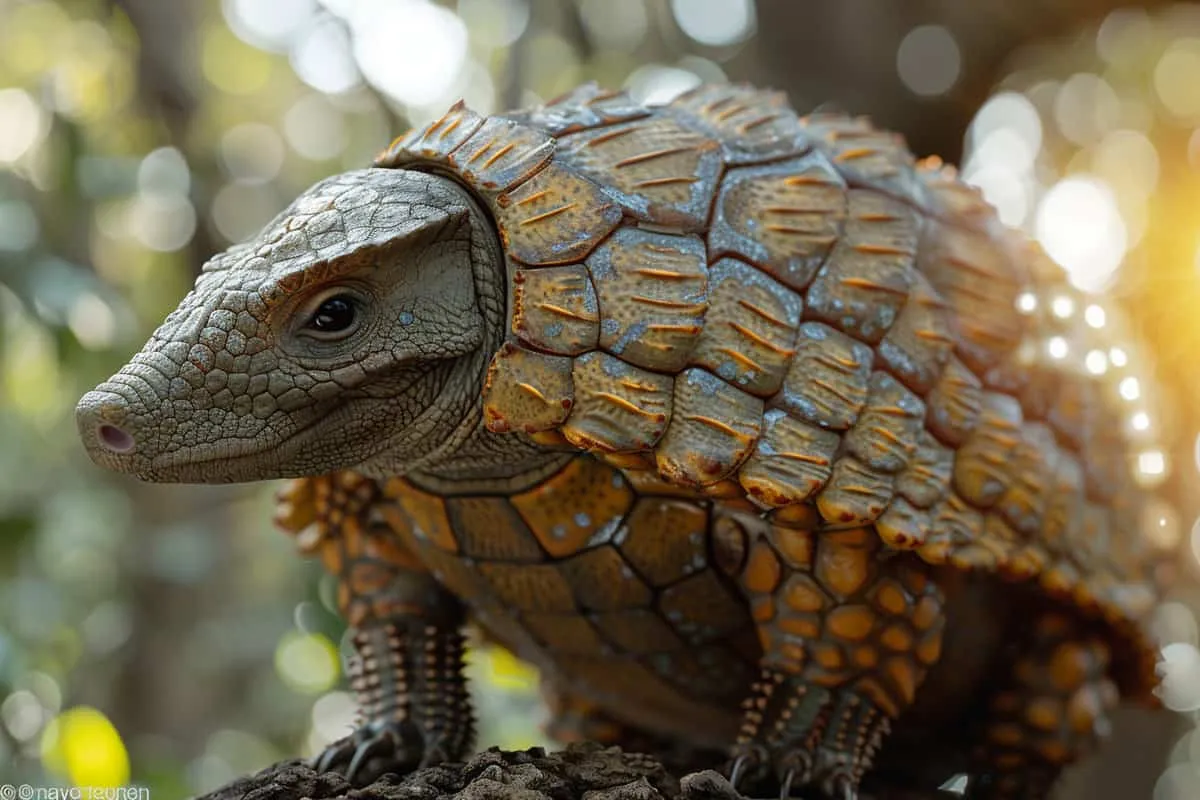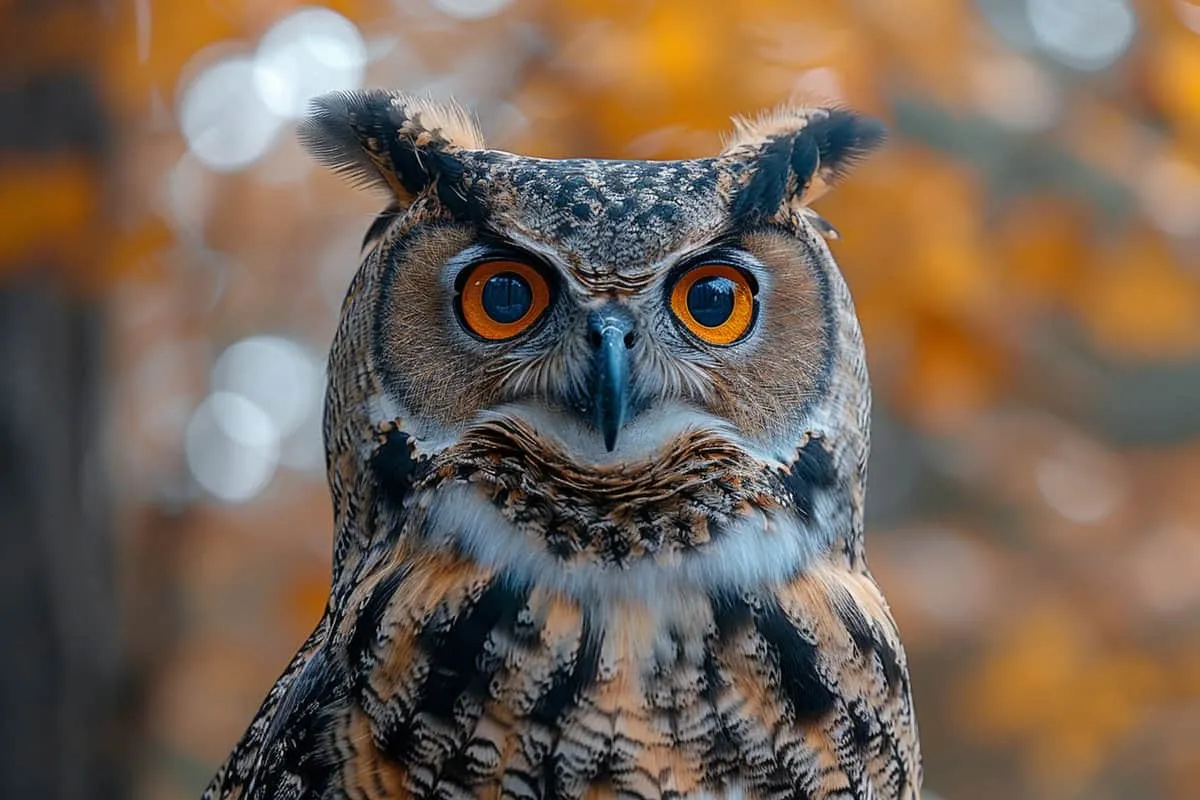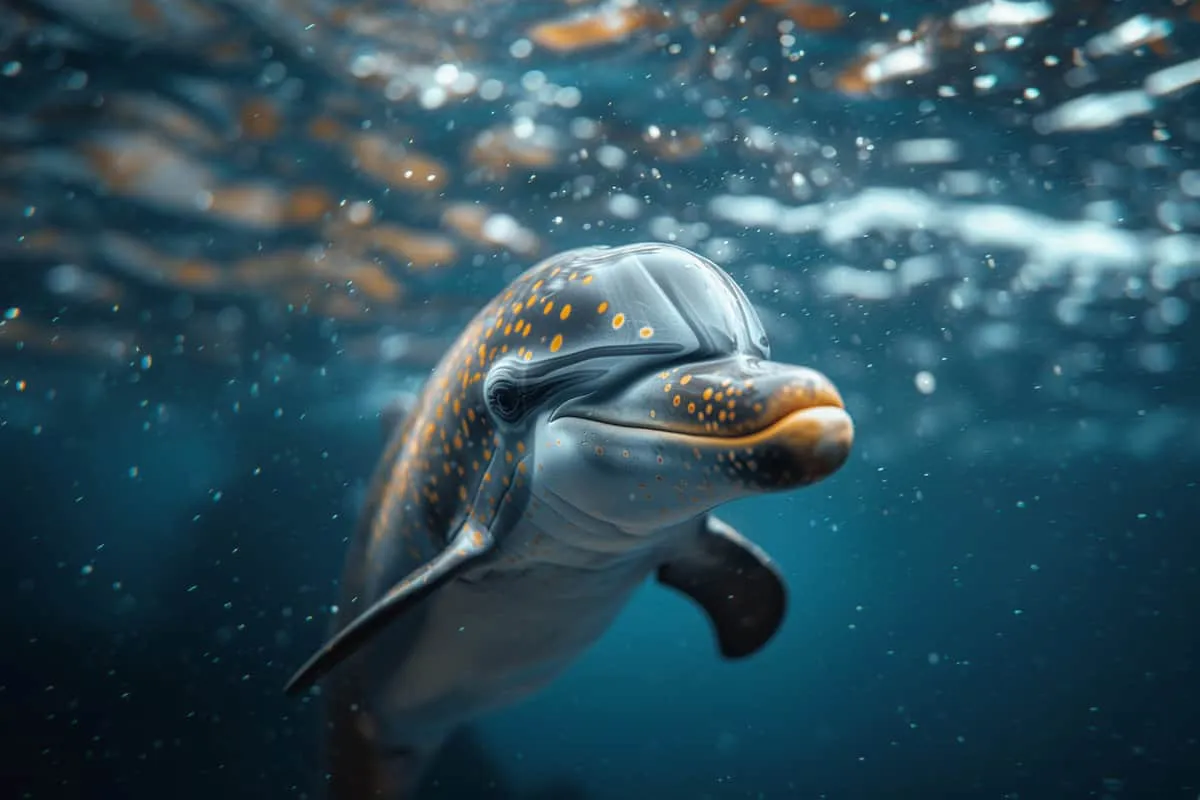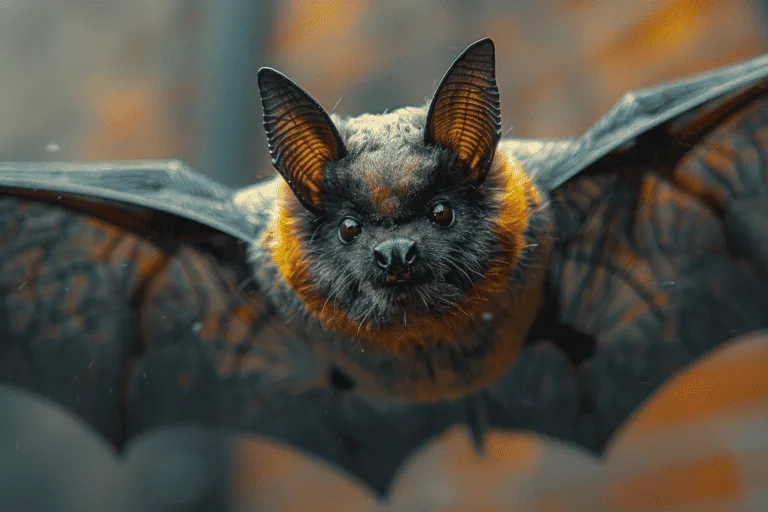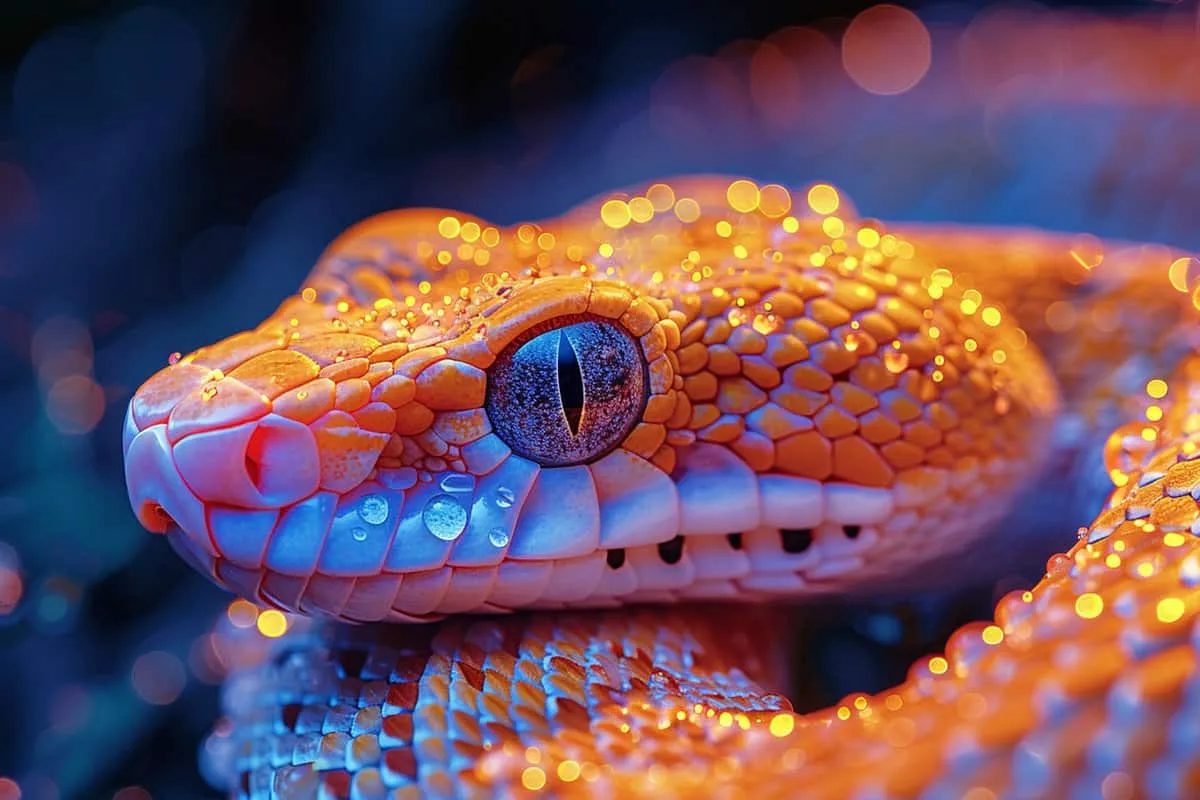10 Armadillo Facts (Surprising Truths About These Armored Mammals)
Armadillos are some of the quirkiest creatures roaming the earth, with their armored shells and unique habits. These little critters aren’t just odd-looking; they’re full of surprises that make them fascinating subjects.
From their incredible ability to hold their breath underwater for up to six minutes to the fact that they always give birth to quadruplets, armadillo facts never cease to amaze.
If you thought these animals were just another part of wildlife, think again! Dive into our listicle and discover why armadillos are truly one-of-a-kind. Keep scrolling down if you’re eager for a deep dive into our top picks of astonishing armadillo tidbits.
1. Armadillos are the only living mammals that wear such shells.
Armadillos stand out in the animal kingdom due to their unique armor. Unlike any other mammal, they have a shell for protection. This isn’t just any shell, but one made of bony plates covered in keratin, the same substance your fingernails are made of!
This protective gear is perfect for keeping predators at bay. Imagine trying to bite into something as tough as a helmet; that’s what predators face when they try to snack on an armadillo. It’s like wearing a suit of armor 24/7.
What makes this even more interesting is how similar their armor is to reptile scales. While most mammals rely on speed or hiding skills to stay safe, armadillos go full knight-in-shining-armor mode.
This blend of traits from different animal classes places them in a league of their own among mammals.
2. The name “armadillo” means “little armored one” in Spanish.
When Spanish explorers first encountered armadillos in the New World, they were fascinated by these creatures’ unique defense mechanism. Their tough outer shell, or carapace, provided a natural armor against predators.
This distinctive feature led them to name these animals “armadillo,” which translates to “little armored one” in Spanish.
This naming was not only an observation but also a reflection of the cultural encounter between humans and armadillos. It highlights how the explorers used their language to describe and categorize the new species they discovered.
The term ‘armadillo’ perfectly encapsulates the most striking characteristic of these animals – their protective shell.
Armadillos are known for their hard outer shell made up of bony plates covered in leathery skin, which acts as a shield against predators.
When threatened, some species can roll into a tight ball, completely enclosing themselves within this carapace for protection.
The name “armadillo” thus serves as both a description and an homage to these fascinating creatures’ ability to defend themselves using their natural armor. It’s interesting how language can capture such specific traits and make them accessible through just one word.
3. Armadillos are known for their ability to roll into a ball.
Armadillos have a unique way of protecting themselves. When they sense danger, some can roll into a tight ball. This action keeps their soft underparts safe from predators.
However, it’s important to note that not all armadillo species can do this. Only the three-banded armadillo has the flexibility and shell structure necessary to perform this defensive maneuver completely.
By rolling up, armadillos use their hard outer plates as armor against threats like snakes and other predators in their southern habitats. These creatures rely on their strong legs for digging burrows but turn to rolling up as a last resort when threatened.
Interestingly, this ability also helps protect baby armadillos or pups. They learn from an early age how to curl up into a ball, mimicking their parents’ actions for safety.
Despite being well-equipped with tough plates on their back and tail, which add an extra layer of defense while curled up, these fascinating animals prefer avoiding confrontation by hiding in burrows or dense vegetation during the day.
4. Some armadillo species can jump 3-4 feet in the air when startled.
Imagine walking in the woods and suddenly seeing an armadillo leap 3-4 feet into the air. Yes, you heard that right! Some armadillo species have this jaw-dropping ability to jump high when they’re startled.
This isn’t just a little hop; we’re talking about a full-on aerial surprise that can catch both predators and humans off guard.
Why do they do this? It’s all thanks to their strong leg muscles. These critters are equipped with powerful limbs that allow them to spring up into the air as a defense mechanism.
When faced with danger, instead of running away or playing dead, these armadillos choose to take a giant leap for safety.
This unique response is quite different from what we see in other mammals’ defense strategies. While some animals might rely on speed or camouflage, jumping several feet off the ground is definitely not something you’d expect from such small creatures.
For example, imagine you’re hiking and accidentally startle an armadillo. The next thing you know, it’s soaring through the air like a furry little superhero!
5. They primarily eat insects and larvae.
Armadillos have a unique diet that plays a crucial role in the ecosystem. They primarily munch on insects and larvae, which helps keep insect populations under control.
Their hunting technique is fascinating. Armadillos use their long, sticky tongues to snatch up prey from the soil or undergrowth.
This method is highly effective for capturing beetles and other small insects that make up a large part of their food source.
But armadillos aren’t just about bugs; they have a varied diet that includes more than just insects.
These creatures also feast on small vertebrates when they can find them, adding an important source of meat to their meals. Plus, they don’t turn down plant matter either, making them opportunistic feeders who take advantage of different types of food available in their habitats.
This diverse diet means armadillos are connected to various parts of the food chain. From predators hunting for meat to playing a role in dispersing seeds through consuming plant matter, they contribute significantly to their ecosystems.
In areas like central rainforests or open grounds where these species thrive, armadillos’ feeding habits support not only themselves but also influence the survival and reproduction (offspring) rates of many other species indirectly.
6. Armadillos have poor eyesight but a keen sense of smell.
Armadillos might not win any awards for their vision, as they have small eyes that don’t see well. But what they lack in sight, they more than make up for with their nose.
These unique creatures are masters at sniffing out food hidden beneath the ground.
They rely heavily on this sense to hunt for insects and other goodies underground.
Navigating their environment is also largely dependent on scent rather than sight. They can detect subtle changes in the aroma around them, helping them steer clear of predators or locate water sources without needing to see them.
Their excellent olfactory abilities allow armadillos to have a range of exploration far beyond what their eyes can offer. It’s like having a superpower where you can “see” the world through smells instead of light.
7. They can hold their breath underwater for up to six minutes.
Imagine needing to cross a river or escape from a predator. If you’re an armadillo, that’s no problem at all! These unique animals can hold their breath for up to six minutes.
This ability is super helpful in several ways.
Firstly, it allows them to cross water bodies without much trouble. Whether it’s a small stream or a larger river, armadillos can dive in and walk across the bottom while holding their breath.
This skill is crucial for finding food and escaping predators who might not be as adept in water.
Speaking of finding food, armadillos also use this talent to search for meals underwater. They’re not just limited to landGrubs, and other delicacies hiding beneath the surface.
But what if an armadillo needs to cross wider or deeper waters where walking on the bottom isn’t possible?
No worries there either! Armadillos have another trick up their sleeve – they can inflate their intestines with air.
Yes, you read that right! By inflating their intestines, they become buoyant enough to float on the water’s surface until they reach dry land again.
8. Armadillos have a low body temperature, which affects their habitat choices.
Armadillos are unique creatures that prefer to live in warm environments. This preference is mainly because they don’t tolerate cold very well.
Their bodies simply can’t produce enough heat due to having a low metabolism. It’s like how you might feel chilly if you sit still for too long; armadillos experience something similar but on a larger scale.
Because of this, armadillos are often found in habitats that stay warm year-round. They steer clear of places with harsh winters or extreme cold spells.
So, if you’re hoping to spot one in the wild, your best bet would be areas with temperate climates where it’s generally warm.
To cope with their sensitivity to temperature changes, armadillos become most active during dawn and dusk. These times offer them the perfect balance – not too hot and not too cold. It’s their version of finding comfort without having to wear a sweater or find shade under a tree!
However, as we encroach more into their natural habitats through habitat loss and other environmental challenges, these adaptable yet sensitive animals face new hurdles in maintaining their comfort zone while trying to survive.
9. The nine-banded armadillo is the official state animal of Texas.
The nine-banded armadillo holds a special place in the heart of Texas, symbolizing much more than just an animal. It represents resilience and adaptability, qualities deeply embedded in Texan culture.
This unique creature became the official state animal of Texas back in 1927, reflecting its widespread presence across the state.
Its significance goes beyond mere numbers; the armadillo embodies the spirit of Texas wildlife and natural heritage.
Its ability to thrive in diverse environments mirrors Texans’ own capacity to adapt and persevere through challenges.
The decision to make it a state symbol was not taken lightly but was a nod to its prevalence and importance within the region.
10. They can transmit leprosy to humans, though the risk is extremely low.
Armadillos are unique creatures, and one of their most surprising traits is they can transmit leprosy to humans. This fact often alarms people, but understanding the specifics can ease those concerns.
Leprosy, also known as Hansen’s disease, isn’t common in many animals. However, armadillos are an exception. They’re among the few non-human carriers of this bacteria.
This makes them quite interesting from a scientific standpoint but also raises health questions for those who may come into contact with them.
The way leprosy is transmitted from armadillos to humans involves prolonged close interaction. It’s not something that happens with just a glance or a brief moment spent near these armored animals.
For someone to be at risk of contracting the disease from an armadillo, they would need to be in close contact for extended periods.
Most encounters with armadillos are casual observations in nature or perhaps brief interactions if you happen upon one while hiking or camping. These situations pose minimal risk for transmitting leprosy to people.
The disease doesn’t leap through casual observation or fleeting moments shared between humans and these fascinating creatures.
Frequently Asked Questions
Can armadillos really roll into a ball?
Yes, they can! But not all of them. Only certain species like the three-banded armadillo have this cool trick up their sleeves to protect themselves from predators.
How high can an armadillo jump when startled?
Some armadillo species are quite the jumpers, leaping 3-4 feet in the air when scared. Imagine that – it’s like a tiny armored superhero taking flight!
What do armadillos eat?
Armadillos aren’t picky eaters; they love munching on insects and larvae. It’s like their version of fast food, easy to find and catch!
How good is an armadillo’s sense of smell?
Despite having poor eyesight, an armadillo’s sense of smell is top-notch. They could probably sniff out a hidden snack better than we could spot it with our eyes.
Can you find an armadillo underwater holding its breath?
Yes, indeed! Armadillos can hold their breath for up to six minutes while underwater. It’s as if they have built-in scuba gear.
Why do some places have more armadillos than others?
Armadillos prefer warmer climates due to their low body temperature. So, they’re quite picky about where they live – no chilly winters for these creatures!
Is it true that armadillos can transmit leprosy to humans?
Yes, there is a very low risk that humans can catch leprosy from these creatures. However, such cases are extremely rare.

